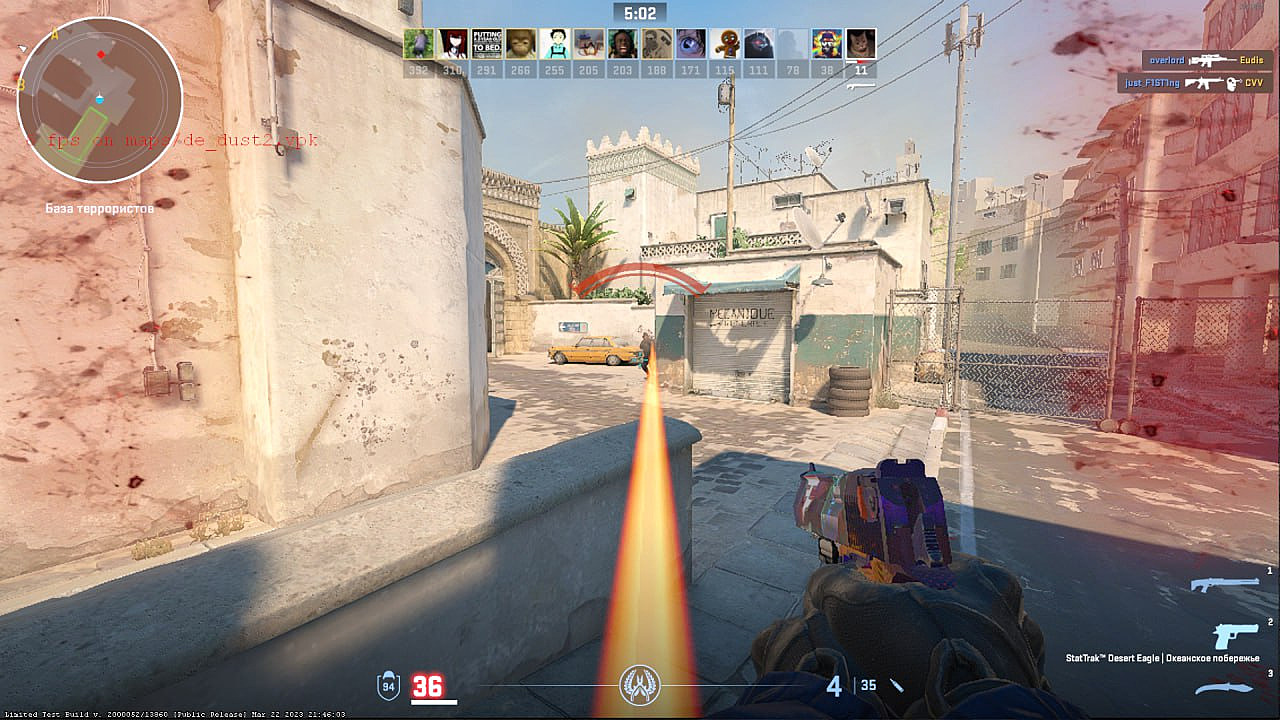Print Fix Hub
Your go-to source for everything print-related, from troubleshooting to tips.
Can Your CS2 FPS Handle the Heat? Find Out in This Test
Is your CS2 performance lagging? Discover if your FPS can withstand the heat with our ultimate testing guide! Click to find out!
Maximize Your CS2 FPS: Essential Tips to Boost Performance
If you want to maximize your CS2 FPS, it’s crucial to optimize your in-game settings and your system performance. Start by adjusting the graphical settings to find a balance between visual quality and performance. Lowering the resolution and disabling unnecessary effects like shadows and anti-aliasing can significantly improve frame rates. Additionally, make sure your graphics drivers are up to date, as manufacturers often release updates that enhance game performance.
Another effective approach to boost your FPS is to manage background processes and software that consume system resources. Use the Task Manager to close any applications that may be running in the background. Additionally, consider defragmenting your hard drive or switching to an SSD for faster load times. Implementing these essential tips can lead to a smoother gaming experience and help you achieve the best performance in CS2.

Counter-Strike is a highly competitive first-person shooter game that has captured the hearts of millions worldwide. Players can engage in tactical gameplay, utilizing various maps and strategies to outsmart their opponents. One key aspect of mastering the game includes understanding anubis callouts, which helps in communication and coordination among team members.
Understanding the Factors Affecting Your CS2 FPS: Are You Prepared?
When it comes to Counter-Strike 2 (CS2), frames per second (FPS) can significantly impact your gaming experience. Several factors contribute to your FPS, and understanding them is essential for optimizing your gameplay. The first factor to consider is your hardware specifications. A powerful CPU and GPU are crucial for rendering high-quality graphics smoothly. Furthermore, having adequate RAM can help prevent lag, so ensure your system meets the recommended requirements set by the game developers.
Another key element in maintaining high FPS in CS2 is your in-game settings. Lowering graphics settings such as shadows, textures, and anti-aliasing can lead to substantial performance improvements. Additionally, keeping your graphics drivers updated can also ensure better compatibility and performance. Don't forget the importance of managing background applications; closing unnecessary programs can free up vital system resources, thereby maximizing your FPS. By paying attention to these factors, you can equip yourself for a better gaming experience in CS2.
How Does Heat Impact Your Gaming Performance in CS2?
Heat can significantly impact your gaming performance in CS2, as it affects both your hardware and physical endurance. When your system overheats, it often leads to thermal throttling, where your CPU and GPU reduce their performance to cool down. This can cause frame drops and lag, making it difficult to maintain optimal gameplay. Furthermore, high temperatures can influence your reaction times and concentration levels. Staying in a cooler environment not only helps maintain your system's performance but also keeps you focused on your strategy during intense gaming sessions.
To combat the negative effects of heat, consider investing in effective cooling solutions, such as high-quality cooling fans or liquid cooling systems. Keeping your gaming setup in a well-ventilated room can also make a noticeable difference. Additionally, staying hydrated and taking breaks can improve your overall gaming performance in CS2, as dehydration can lead to fatigue and reduced cognitive function. Ultimately, being proactive about heat management can enhance both your system's capabilities and your gameplay experience.